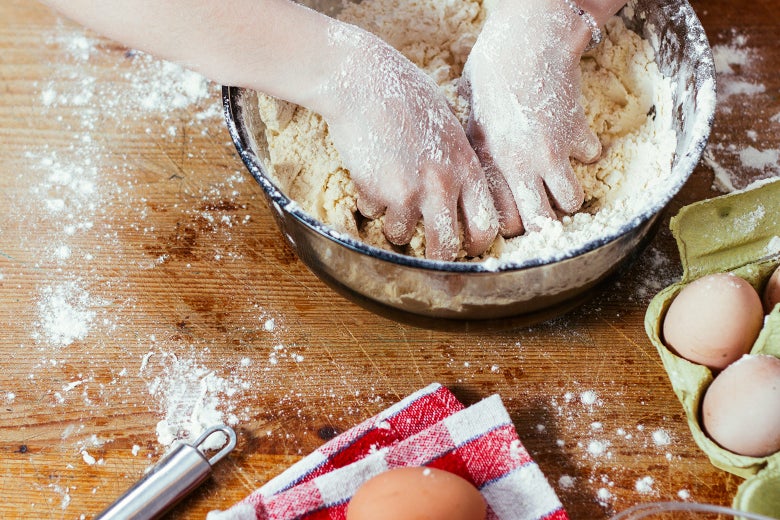
In this comprehensive guide, we will explore the 11 key steps to enhance your baking skills, ensuring precision and safety from start to finish.
From the crucial task of measuring ingredients accurately to the art of serving your delectable creations, this article aims to equip you with the knowledge and techniques necessary to become a master baker.
Whether you are a novice or an experienced baker, these detailed instructions will help you achieve consistent and delightful results every time.
Measuring
One important aspect of baking is accurate measurement of ingredients, which helps ensure consistent results in your baked goods. Proper measuring techniques are crucial to achieving the desired texture, flavor, and rise in your creations.
When measuring ingredients, it is essential to use the correct tools, such as measuring cups and spoons, and to follow the recipe instructions carefully. Dry ingredients, such as flour and sugar, should be spooned lightly into the measuring cup and leveled off with a straight edge to avoid compacting.
Liquid ingredients, on the other hand, should be measured at eye level, using a liquid measuring cup with clear markings. Precise measuring not only guarantees delicious results but also promotes safety in the kitchen, as accurate quantities prevent potential hazards and mishaps.
Mixing
When it comes to baking, mastering proper mixing techniques is essential.
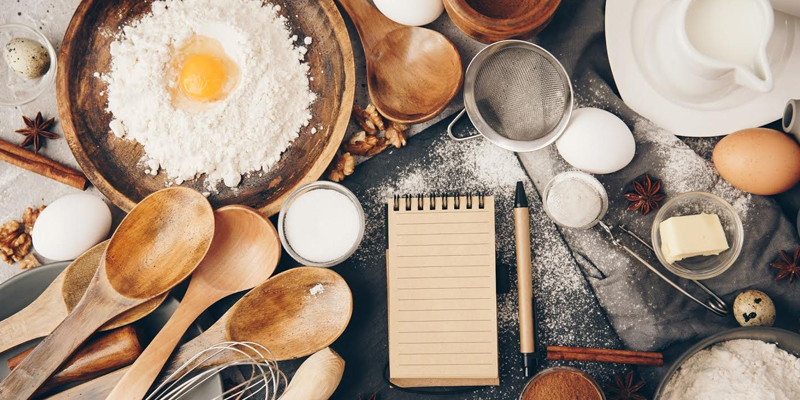
Mixing ingredients thoroughly ensures that all elements are evenly distributed, resulting in a better texture and taste.
It is important to pay attention to consistency and follow mixing time guidelines to achieve the desired results in your baked goods.
Proper Mixing Techniques
To achieve perfect baking results, mastering proper mixing techniques is essential. Proper mixing techniques ensure that all the ingredients are evenly distributed, resulting in a uniform texture and taste in the final baked goods.
One common mistake in mixing is overmixing the batter, which can lead to tough and dense baked goods. It is important to mix the ingredients just until they are incorporated, avoiding excessive mixing that can develop gluten and lead to a tough texture.
Another mistake to avoid is not properly creaming butter and sugar. Creaming these ingredients together helps to incorporate air, resulting in a lighter and fluffier texture.
Importance of Consistency
Proper consistency in mixing is crucial for achieving optimal baking results, ensuring that all the ingredients are evenly distributed throughout the batter or dough.
Consistency in recipes refers to the texture and thickness of the mixture. It plays a significant role in achieving uniformity in the final product.
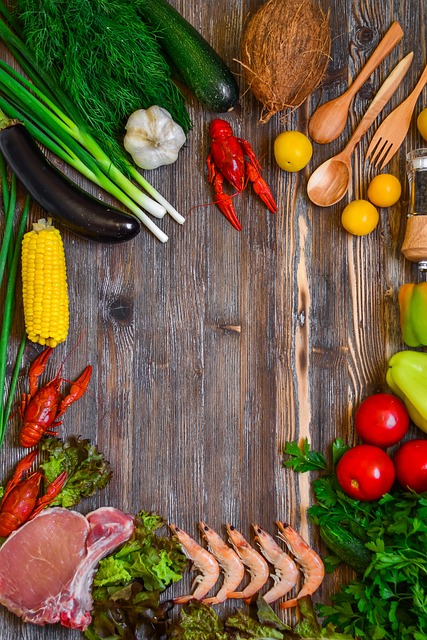
When the ingredients are mixed thoroughly and evenly, the resulting baked goods will have a consistent texture, flavor, and appearance.
Achieving the right consistency requires following the recipe instructions carefully, measuring ingredients accurately, and using proper mixing techniques. Overmixing can lead to tough and dense baked goods, while undermixing may result in uneven distribution of ingredients, leading to a lumpy or inconsistent final product.
Consistency in mixing is essential not only for the best baking outcomes but also for food safety, ensuring that all ingredients are fully incorporated and cooked properly.
Mixing Time Guidelines
During the mixing process, it is important to adhere to specific time guidelines to ensure optimal baking results. The mixing time variations can have a significant impact on the final outcome of your baked goods.
Here are some guidelines to consider:
- For cakes and cookies:
- Overmixing can lead to a tough texture and a dense final product. It is recommended to mix until the ingredients are just combined.
- Undermixing can result in uneven distribution of ingredients, leading to a lumpy or crumbly texture. Make sure to mix until the batter is smooth and all ingredients are fully incorporated.
- For bread and dough:
- Overmixing can develop excessive gluten, resulting in a dense and chewy texture. Mix until the dough is smooth and elastic.
- Undermixing can lead to poor structure and uneven rising. Ensure that the dough is thoroughly mixed and elastic.
Kneading
A crucial step in the baking process is incorporating the right amount of flour by using an efficient kneading technique. Kneading is the process of working the dough to develop gluten, which gives the baked goods structure and texture.
There are different techniques for kneading, depending on the type of dough and desired outcome. One common technique is the push and fold method, where you use the heel of your hand to push the dough away from you, then fold it back towards you. This helps to evenly distribute the ingredients and develop the gluten.
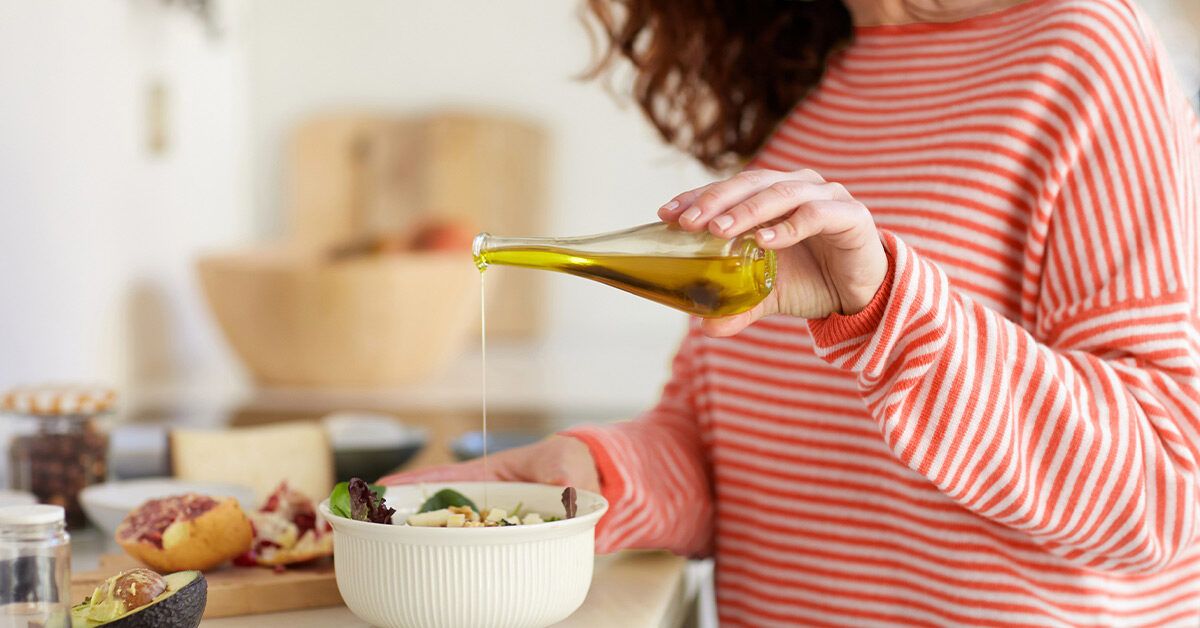
Another technique is the stretch and fold method, where you stretch the dough and fold it over itself. This method is especially useful for bread doughs.
Whichever technique you choose, it is important to knead the dough until it becomes smooth, elastic, and springs back when lightly pressed. Proper kneading ensures a well-developed dough, resulting in delicious baked goods.
Rising
Once the dough has been properly kneaded, the next crucial step in the baking process is the rising phase. During this phase, the dough is allowed to rest and ferment, which helps develop its flavor and texture.
There are two main methods for achieving the desired rise in baked goods:
- Yeast Activation:
- Yeast is a common rising agent that requires activation before it can do its job. This is done by mixing it with warm water or milk and a small amount of sugar. The mixture is then left undisturbed for a few minutes until it becomes foamy, indicating that the yeast is active and ready to be added to the dough.
- It is important to use the right temperature for activating yeast. Water or milk that is too hot can kill the yeast, while liquid that is too cold will not activate it properly.
- Types of Rising Agents:
- In addition to yeast, there are other rising agents that can be used in baking, such as baking powder and baking soda. These chemical leavening agents work by producing carbon dioxide gas when combined with moisture and heat, causing the dough to rise.
- It is important to follow the recipe instructions carefully when using chemical leavening agents, as using too much or too little can affect the final result of the baked goods.
Shaping
After the dough has completed the rising phase, the next step in the baking process is to shape it into the desired form. Shaping techniques play a crucial role in determining the final appearance and texture of baked goods.
There are various shaping techniques that can be used depending on the type of dough and the desired outcome. Some common shaping techniques include rolling, folding, twisting, braiding, and forming into balls or loaves.
To ensure safety and precision during the shaping process, it is important to use the appropriate shaping tools such as rolling pins, pastry cutters, bench scrapers, and molds. These tools help to shape the dough evenly and maintain its desired form.
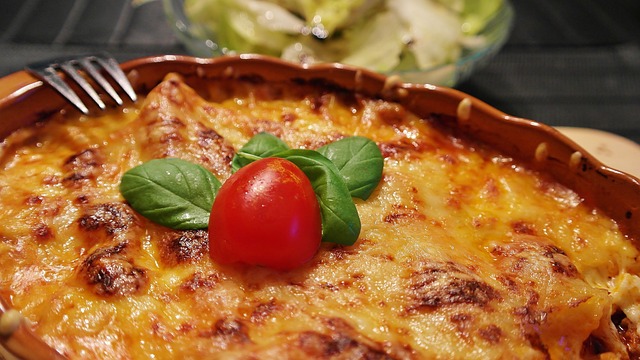
Proofing
To achieve optimal texture and flavor in baked goods, the next crucial step after shaping is the process of proofing. Proofing refers to the final rise of the dough before baking, allowing the yeast to ferment and produce carbon dioxide, which creates air pockets and gives the baked goods their light and airy texture.
There are several proofing techniques that can be used, depending on the recipe and desired outcome:
- Ambient proofing: This involves leaving the dough at room temperature, typically covered with a cloth, allowing it to rise slowly.
- Refrigerator proofing: The dough is placed in the refrigerator, which slows down the fermentation process and allows for a longer proofing time, resulting in a more developed flavor.
These different types of proofing methods can greatly impact the final product, so it's important to follow the recipe instructions and choose the appropriate technique for the desired outcome.
Baking
The baking process is essential for transforming the proofed dough into delicious, golden-brown baked goods. To ensure successful baking, it is important to employ proper baking techniques and select the right recipe.
Baking techniques involve controlling factors such as temperature, time, and the use of tools like oven thermometers and baking stones. Following a recipe that suits your skill level and preferences is crucial. Beginners should start with simple recipes, while experienced bakers can experiment with more complex ones.
When selecting a recipe, it is important to consider the ingredients, measurements, and instructions to achieve the desired outcome. Furthermore, it is essential to follow safety guidelines, such as wearing oven mitts when handling hot pans and using caution when removing items from the oven.
Cooling
Once the baked goods are removed from the oven, they should be allowed to cool on a wire rack. Proper cooling is crucial to ensure that the baked goods set properly and are safe to handle.
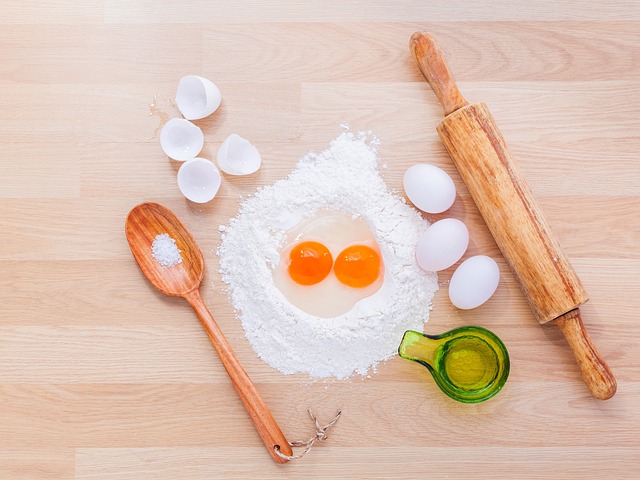
Here are some cooling techniques and time management tips to follow:
- Place the baked goods on a wire rack to allow air circulation and even cooling.
- Avoid stacking or covering the baked goods immediately after removing them from the oven to prevent moisture buildup.
- For larger items like cakes or bread, it is recommended to cool them in the pan for a few minutes before transferring them to a wire rack.
- To speed up the cooling process, you can place the baked goods in the refrigerator, but ensure they are not overcrowded.
- Allow sufficient cooling time before frosting or storing the baked goods to maintain their texture and prevent condensation.
Glazing
After properly cooling the baked goods, the next step in mastering baking is glazing. Glazing is the process of applying a thin, glossy coating to enhance the appearance and flavor of the finished product.
There are several glazing techniques that can be used, such as brushing the glaze on top of the baked goods, dipping them into a glaze, or drizzling it over them.
To achieve the desired glazing effect, it is important to choose the right glazing tools. A pastry brush is commonly used for brushing glaze onto pastries and cakes, while a wire rack or parchment paper can be used to catch any excess glaze.
It is essential to handle the glazing tools with care and follow proper safety precautions to prevent injuries during the glazing process.
Storing
Continuing the process of mastering baking, an important step to consider is properly storing the baked goods. Proper storage not only helps maintain the freshness and flavor of the baked goods but also ensures their safety for consumption. Here are some essential storing tips and the best containers to use:
- Storing Tips:
- Allow baked goods to cool completely before storing to prevent condensation and moisture buildup.
- Wrap individual pieces or slices in plastic wrap or aluminum foil to maintain freshness and prevent drying out.
- Best Containers:
- Airtight containers: Opt for containers with a tight seal to keep out air and moisture, preserving the texture and taste.
- Glass containers: Glass containers are ideal for storing delicate and moist baked goods, as they do not absorb odors or flavors.
Serving
When it comes to serving baked goods, presentation plays a crucial role. To make your creations visually appealing, consider presentation tips such as using decorative platters or cake stands, arranging the items in an attractive manner, and adding a touch of garnish.
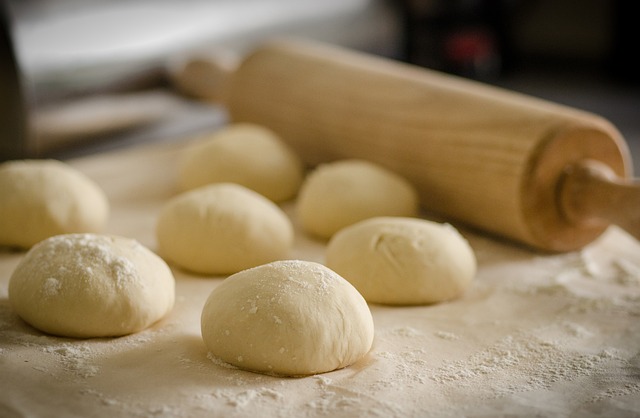
Additionally, portion sizes and plating techniques can greatly enhance the dining experience, so be mindful of creating balanced and visually appealing servings.
Lastly, don't forget to pair your baked goods with suitable accompaniments that complement the flavors and textures, such as sauces, creams, or fruits.
Presentation Tips for Serving
To enhance the overall experience of serving your baked goods, it is essential to pay attention to the presentation details. Presentation techniques can elevate the visual appeal of your treats, making them more enticing to eat. Here are some serving suggestions to help you create an impressive display:
- Use a cake stand or a decorative platter to showcase your cakes and pastries.
- Garnish your desserts with fresh fruits, mint leaves, or edible flowers to add a pop of color.
- Dust powdered sugar or cocoa powder over your creations for a touch of elegance.
- Serve individual portions on small plates or in individual dessert cups for a more refined presentation.
- Use piping bags or squeeze bottles to create beautiful designs with sauces or frostings on your desserts.
Portion Sizes and Plating
Considering portion sizes and plating is crucial when serving your baked goods. Proper portion sizes ensure that your guests can enjoy your delicious treats without feeling overwhelmed or deprived. When determining portion sizes, it is important to consider the type of baked good and its intended serving size.
For example, cupcakes should generally be served as individual portions, while cakes can be sliced into smaller pieces. Plating techniques also play a significant role in enhancing the presentation of your baked goods. Carefully arranging the baked goods on a plate or platter can make them more visually appealing and appetizing. You can use garnishes, such as fresh fruit or powdered sugar, to add a finishing touch.
Remember to always prioritize safety when serving your baked goods, ensuring that they are free from any potential allergens and properly stored.
Garnishes and Accompaniments
To enhance the presentation and flavor of your baked goods, it is important to carefully choose and incorporate garnishes and accompaniments. These elements not only add visual appeal but also complement the taste of your creations. Here are some garnish ideas and accompaniment suggestions to elevate your baked goods:
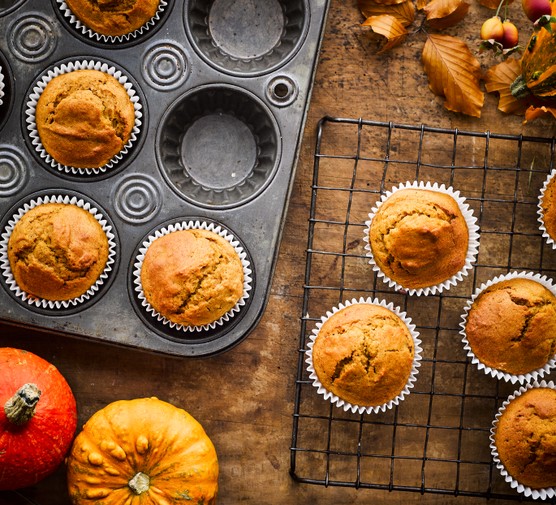
Garnish ideas:
- Fresh fruits: Add a pop of color and freshness by garnishing your desserts with slices of berries, citrus fruits, or tropical fruits.
- Herbs and edible flowers: Sprinkle some chopped herbs like mint or basil, or decorate with edible flowers like lavender or rose petals for a touch of elegance.
Accompaniment suggestions:
- Sauces and syrups: Serve your baked goods with a drizzle of chocolate ganache, caramel sauce, or fruit compote for added indulgence.
- Whipped cream or ice cream: A dollop of whipped cream or a scoop of ice cream can balance the richness of your baked treats and provide a creamy contrast.
Frequently Asked Questions
How Do I Know if I Have the Right Size Baking Pan for a Recipe?
Choosing the right size baking pan is crucial for successful baking. Check the recipe for specific pan size requirements. If not specified, a general rule is a 9-inch round pan holds about 6 cups of batter, an 8-inch round pan holds about 4 cups, and a 9x13-inch rectangular pan holds about 12 cups. Consider depth and potential effects on baking time and final appearance.
Can I Substitute One Type of Flour for Another in a Baking Recipe?
When it comes to substituting flour types in baking recipes, it is important to consider the characteristics of each type and how they will affect the final product. Common baking ingredient substitutions can be made, but it is crucial to follow a reliable recipe to ensure safety.
How Can I Prevent My Cake From Sinking in the Middle?
To prevent a cake from sinking in the middle, it is important to properly measure and mix the ingredients, ensure the oven temperature is accurate, avoid overmixing the batter, and allow the cake to cool fully before removing it from the pan.
Is It Necessary to Preheat the Oven Before Baking?
Preheating the oven is necessary for baking as it ensures even heat distribution, promotes proper rising and browning, and reduces cooking time. Without preheating, baking times may need to be adjusted, potentially affecting the final outcome of the recipe.
How Do I Prevent My Cookies From Spreading Too Much While Baking?
To prevent cookies from spreading too much while baking, it is important to use chilled dough, ensure the oven is preheated to the correct temperature, and use the right amount of leavening agents. Additionally, spacing cookies properly on the baking sheet is crucial.
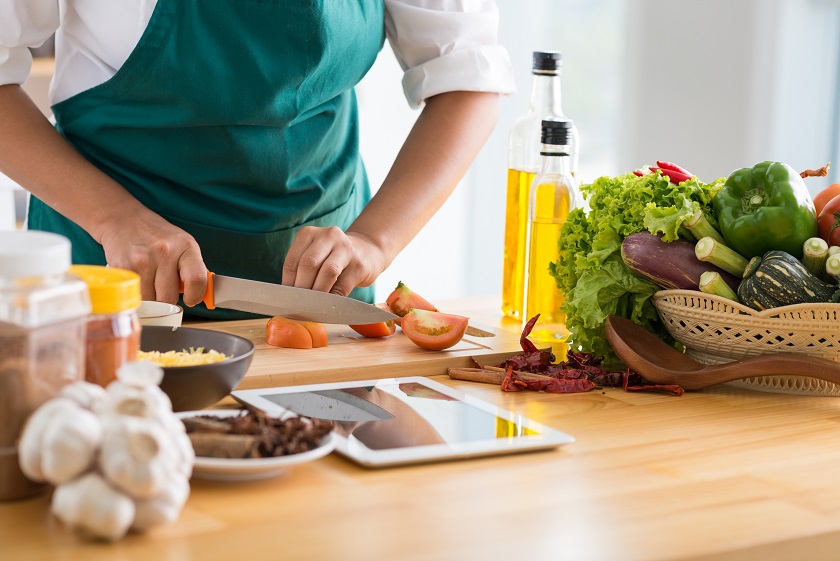
 Family Craft ProjectsHome ImprovementCooking and BakingReuse and RecycleDIY GiftsEco-Friendly ProjectsDIY Home SolutionsSeasonal ActivitiesFun and GamesLearn TogetherPrivacy PolicyTerms And Conditions
Family Craft ProjectsHome ImprovementCooking and BakingReuse and RecycleDIY GiftsEco-Friendly ProjectsDIY Home SolutionsSeasonal ActivitiesFun and GamesLearn TogetherPrivacy PolicyTerms And Conditions

 Family Craft ProjectsHome ImprovementCooking and BakingReuse and RecycleDIY GiftsEco-Friendly ProjectsDIY Home SolutionsSeasonal ActivitiesFun and GamesLearn TogetherPrivacy PolicyTerms And Conditions
Family Craft ProjectsHome ImprovementCooking and BakingReuse and RecycleDIY GiftsEco-Friendly ProjectsDIY Home SolutionsSeasonal ActivitiesFun and GamesLearn TogetherPrivacy PolicyTerms And Conditions
